Labor vs Materials - How Much to Install Crown Molding
Discover how much to install crown molding with this thorough guide covering labor, materials, style...
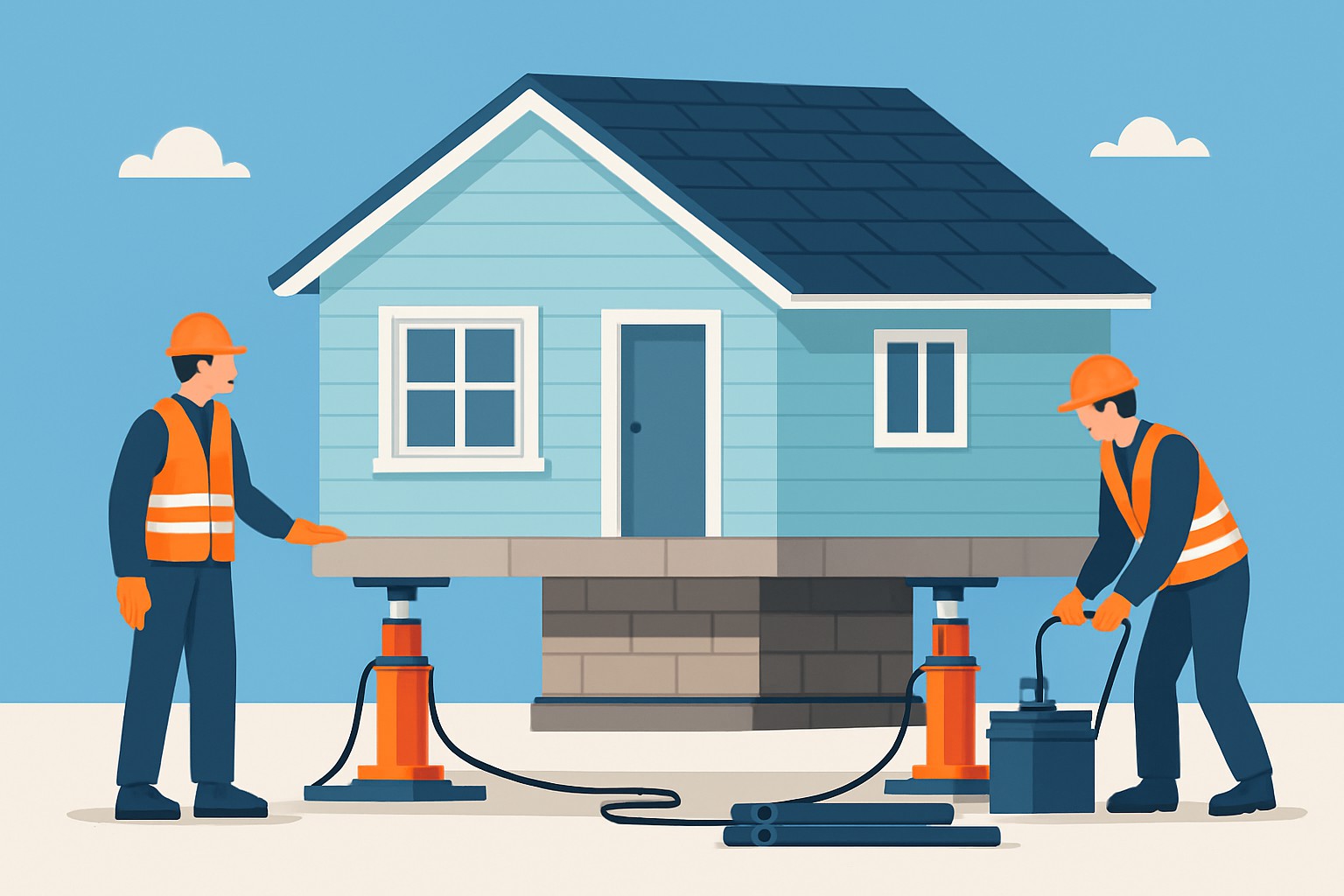
Raising a house is an important step in many renovation and foundation repair projects, but many homeowners don't fully understand the dangers of jacking up a house. This isn’t just a simple lifting job. It involves raising the entire home off its foundation. This is a complex task that requires the right equipment and expertise. If it’s not done carefully it can cause serious structural damage, costly repairs or even injuries.
Jacking up a house means carefully lifting the entire structure off its foundation, usually with the help of hydraulic jacks or similar gear. Picture gently hoisting a heavy box off the floor the house is raised just enough to get the job done underneath, whether that is repairs or some changes to the foundation.
Homeowners often decide to jack up their homes for a variety of reasons since it offers a pretty practical fix when structural or foundational tweaks become necessary. Whether it’s about halting further damage from a shaky foundation or creating some extra living space, house jacking usually proves to be an effective route. No matter what’s driving the decision, it’s important to keep the risks in mind.
Jacking up a house is no walk in the park and comes with some pretty serious risks that many homeowners don’t always see coming. The dangers range from immediate ones like the house collapsing or someone getting hurt during the lift to longer-term headaches such as structural damage if the leveling isn’t spot on. On top of that, financial setbacks can sneak up unexpectedly along with potential issues around permits and insurance when the proper steps get overlooked.
Many homeowners tend to feel a bit too confident when it comes to house jacking, assuming it’s a walk in the park. They often gloss over just how tricky it can get or lean heavily on contractors without giving their credentials a good once-over. Some even roll up their sleeves to tackle it themselves, often not fully realizing the risks lurking beneath the surface. Then there are those who skip permits and inspections altogether, unknowingly stepping into a mess of legal and safety pitfalls.
Lifting a house is kind of like attempting to hoist a grand piano using nothing but a handful of blocks. Without the right support and a solid plan, even the smallest slip-up can cause some pretty serious, long-lasting damage.
House jacking is a careful step-by-step process that really calls for a keen eye on safety and detail—there’s no room for slip-ups if you want to avoid accidents or damage. Every stage demands precise technical work whether it’s sizing up the situation, hoisting the house, stabilizing it or making the needed repairs. Issues tend to pop up at the trickiest points like the first lift or when moving support beams around.
Reducing risks during house jacking comes down to firmly following trusted safety guidelines and methods that have proven effective over time. It involves working with certified professionals like structural engineers and licensed contractors who are experts in their field. Using top-quality hydraulic jacks and proper cribbing materials is essential. You also need to conduct thorough inspections before, during and after the lift because skipping these steps invites trouble. Additionally, make sure all necessary permits are secured. While paperwork may not be exciting it helps keep everything above board. Keeping a close watch on the entire process pays off by catching issues early and greatly reducing the chance of accidents or damage.
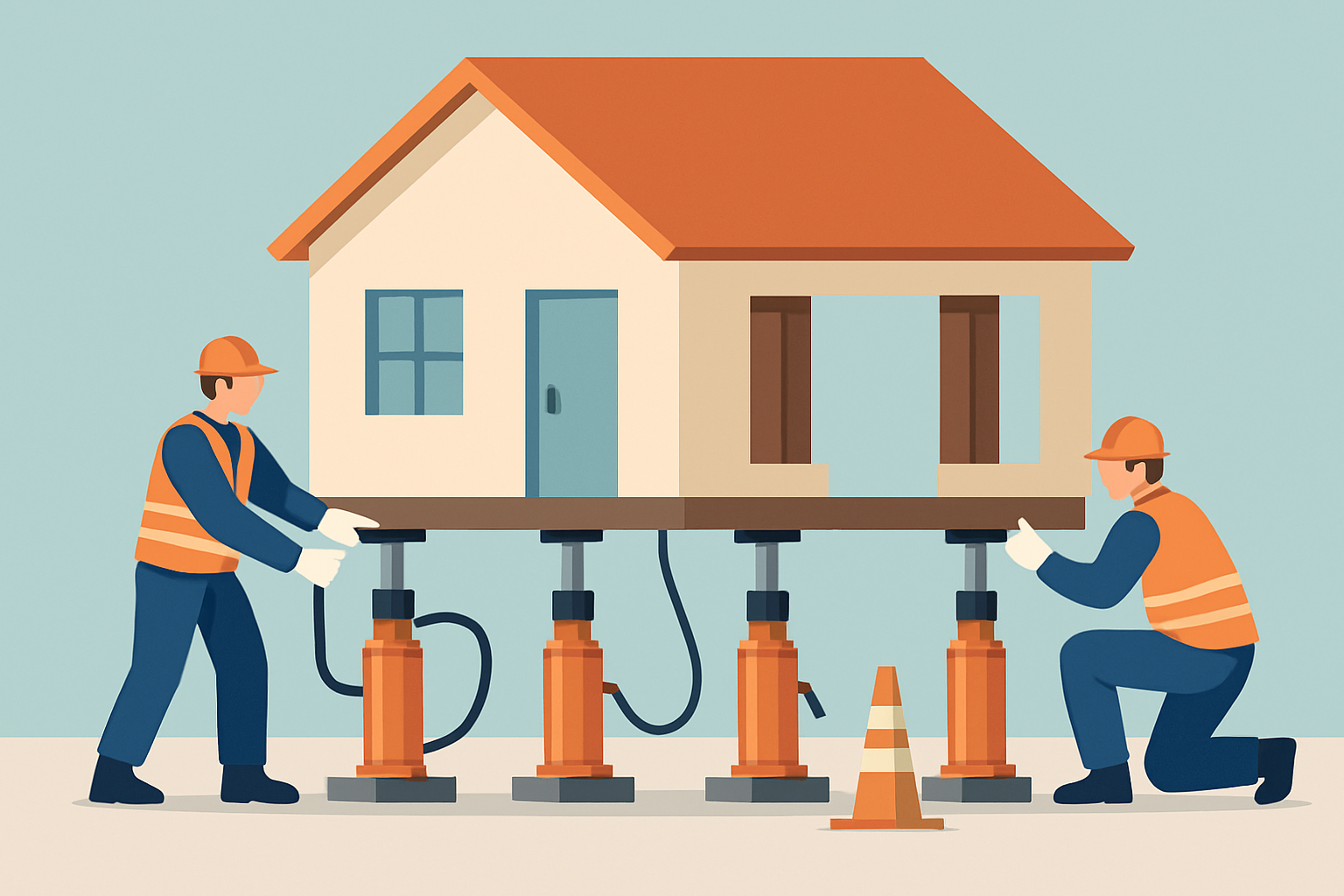
Professional house jacking showing hydraulic jacks and support beams properly placed during foundation repair.
Ignoring the risks involved in jacking up a house can lead to serious headaches. If the structure fails while being lifted it could partially or completely collapse and cause major damage to the home while putting lives on the line. Even when the lift goes off without a hitch improper leveling or unnoticed damage can show up later as wall cracks, uneven floors or plumbing and electrical headaches. Fixing these issues usually burns a big hole in the wallet and often isn’t covered by insurance—especially if the necessary permits or inspections were ignored.
"Understanding the technical challenges of house jacking goes well beyond just the price tag. It’s really about keeping everyone safe, holding up the integrity of your home, and avoiding damage that could stick around for the long haul."
Choosing the right team and tools for lifting your house is a huge factor in making sure the project goes off without a hitch and stays safe. You want to find contractors who have proper licenses and insurance and a solid track record with house jacking. Ask about their certifications, the quality of their equipment and whether they back their work with guarantees. It’s key that all the gear meets safety standards and is up to the task for the size and weight of your home.
There are quite a few misunderstandings about raising a house that can easily steer homeowners into tricky or risky situations. Some individuals might think it’s a straightforward low-risk job any handyman can tackle while others assume that if the lift is small no permits are needed. Then there are those who believe lifting slowly will magically prevent all damage or that insurance will cover any problems regardless of how the work is carried out. And not forgetting the expectation that the cheapest contractor will deliver the same quality as the rest, which—spoiler alert—usually is not the case.
Knowing the risks involved in jacking up a house helps homeowners make smarter and safer decisions. It’s worth keeping in mind the potential structural, personal and financial dangers of jacking up a house that come with this kind of work. Teaming up with experienced professionals, securing the right permits and sticking closely to safety guidelines isn’t just a suggestion—it’s the smart move.
30 posts written
Driven by a passion for historical mysteries, Sterling investigates forgotten stories and overlooked figures, bringing the past to life with meticulous research and vivid prose.
Read Articles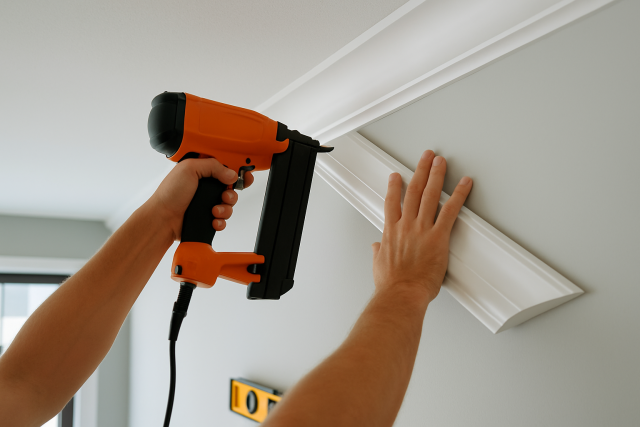
Discover how much to install crown molding with this thorough guide covering labor, materials, style...
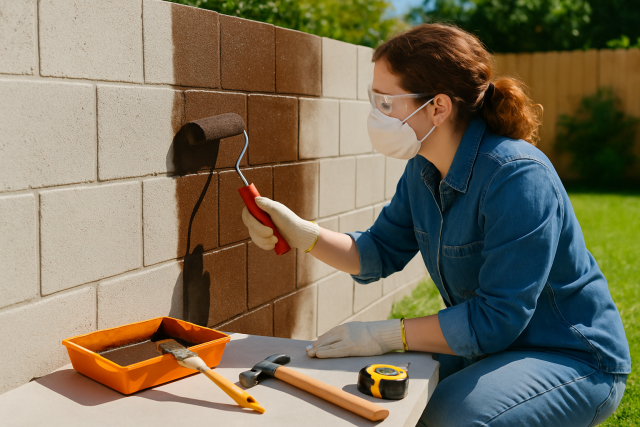
Discover the essential simple tools and easy steps for staining concrete blocks, enhancing durabilit...
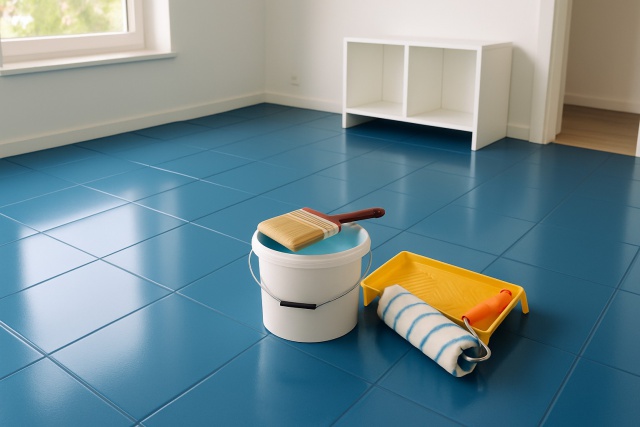
Updating your floor tiles by painting them can transform your space affordably. Discover practical s...
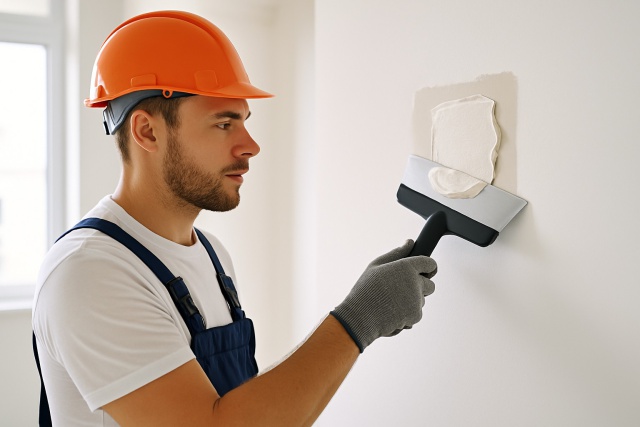
Wondering how much mud for drywall you need to patch holes effectively? This comprehensive guide sho...
27 posts written
25 posts written
24 posts written
